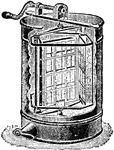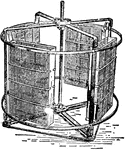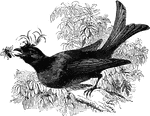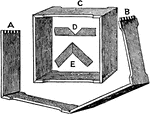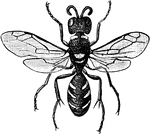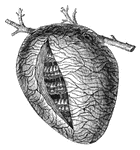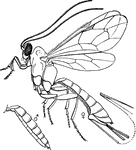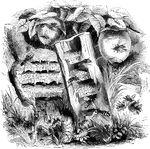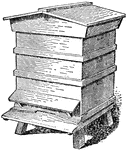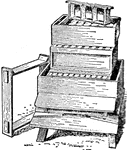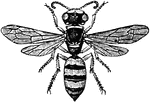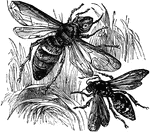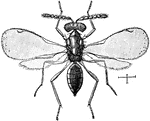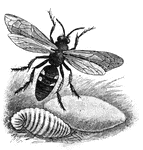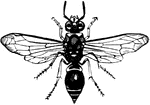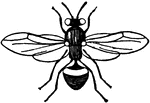
Gall-fly
Gall-fly is a name applied to the members of the family Cynipidae, which are not flies, but are related…
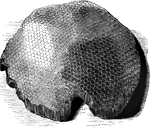
honey-comb
"The comb is made of wax, found in various plants, but which is also secreted by the bees themselves…
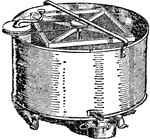
Hruschka Extractor
"Hruschka's extractor, first brough to public notice in 1865, may be said to have revolutionized the…

Humble Bee
Humble bees sometimes damage beans and cultivated flowers. Some plants depend on the humble bee for…
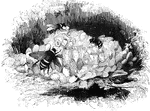
Interior of the Humble-Bee's Nest
"The Humble-bees, or as they are often called in this country, the Bumble-bees are…
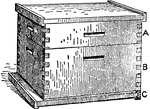
Langstroth Hive
"The typical hive of America is the improved Langstroth, which has no other covering for the frame tops…

Pollination of an Orchid
Also known as Orchis morio. A depiction of the pollination of an orchid, where a hive bee is sucking…

Royal Cells
"Bee is the common name given to a large family of hymenopterous or membranous-winged insects, of which…
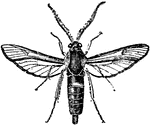
Sesiidae
"Clear-winged moths, Sesiidae, day-fliers, and looking more like bees, wasps, and ichneumons which they…
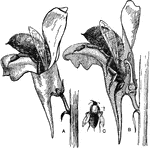
Common Toadflax with Insect
"Toad-flax (Linaria vulgaris). Flowers being visited by an insect for nectar. B, longitudinal section,…
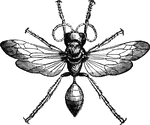
Digger Wasp
A popular name for wasps that burrow in the ground, in which th lay their eggs, provisioning each cell…
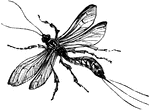
Ichneumon Wasp
The Ichneumon wasp is a parasitoids, where the larvae feed on another insect until it dies.
